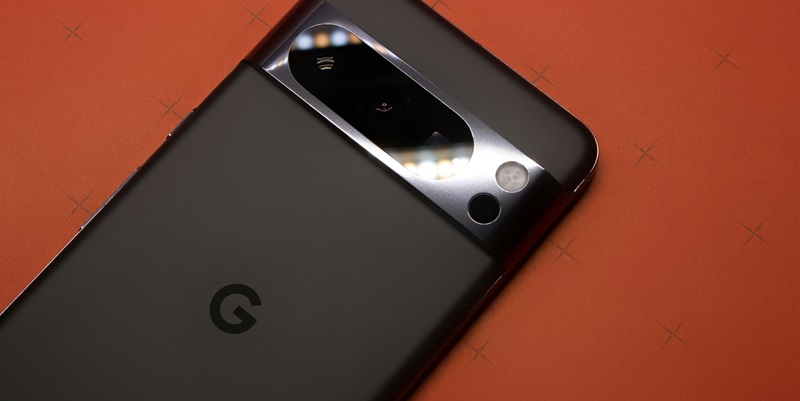One of the inherent issues with modern OLED screens, including those on the Google Pixel 8 Pro, is display flickering caused by low pulse-width modulation (PWM) frequencies. This flickering can lead to significant eye strain and headaches for sensitive users, which is a growing concern in an age where screen time is ever increasing. The Pixel 8 Pro, in particular, has been identified with a PWM rate of 240 Hz out of the box. Many Android OEMs prefer DC dimming over PWM to control display brightness, but the initial PWM implementation in Google’s device has led to a less-than-ideal experience for a number of users. However, recent developments suggest there may be a software modification capable of significantly raising the PWM frequency and, consequently, mitigating the flickering issue.
Software Solution for PWM Flickering
Android Central demonstrated an intriguing method to address the PWM flickering on the Pixel 8 Pro by employing a custom boot image sourced from GitHub. This innovative approach involves increasing the PWM rate to as high as 4800 Hz, a stark contrast to the device’s original 240 Hz. By operating at a higher frequency, the flicker becomes far less perceptible to the human eye, thereby reducing the eye strain and discomfort experienced by users. However, it is important to note that prolonged use at 4800 Hz may lead to other screen issues such as a green tint; thus, it is recommended to cap the PWM frequency at 3840 Hz to balance effectiveness and display integrity.
This process, however, is not without its hurdles. Implementing the higher PWM frequency requires the user to root the device, a step that not all might be comfortable with due to the potential risks involved, including voiding warranties and compromising system security. Nevertheless, the mod is reversible, which offers some reassurance to users wary of long-term damage to their device. Despite these risks, the possibility of dramatically reducing screen-induced discomfort is a compelling reason for many to consider this software modification.
Broader Trends and Future Prospects
The PWM flickering issue and its potential solutions emerge as Google gears up to launch its new devices, such as the Pixel 9 series and the Pixel Watch 3. Leaks suggest the Pixel 9 will feature 128 GB of storage and, despite not debuting with Android 15, will offer seven-year updates. This aligns with Google’s long-term software support strategy but also throws light on current issues like PWM flickering that need immediate fixes.
For potential buyers, the Pixel Watch 3’s 2000-nit display and faster charging are encouraging. This demonstrates Google’s commitment to innovating and enhancing its hardware. However, the real challenge is maintaining user trust and satisfaction. Google’s devices often face scrutiny for various shortcomings, with PWM flickering on the Pixel 8 Pro being a notable example. The tech community’s engagement in creating third-party solutions, like a custom mod to increase PWM frequency, reflects a collaborative effort and a need for better built-in functionality.
In conclusion, introducing higher PWM frequencies via a custom mod addresses the Pixel 8 Pro’s display flickering issue and points to broader concerns and advancements within Google’s product line. While Google’s hardware receives criticism, these innovations show ongoing efforts to improve the user experience. Balancing immediate problem-solving with future reliability is crucial as the company moves forward with new technology and improved features.

